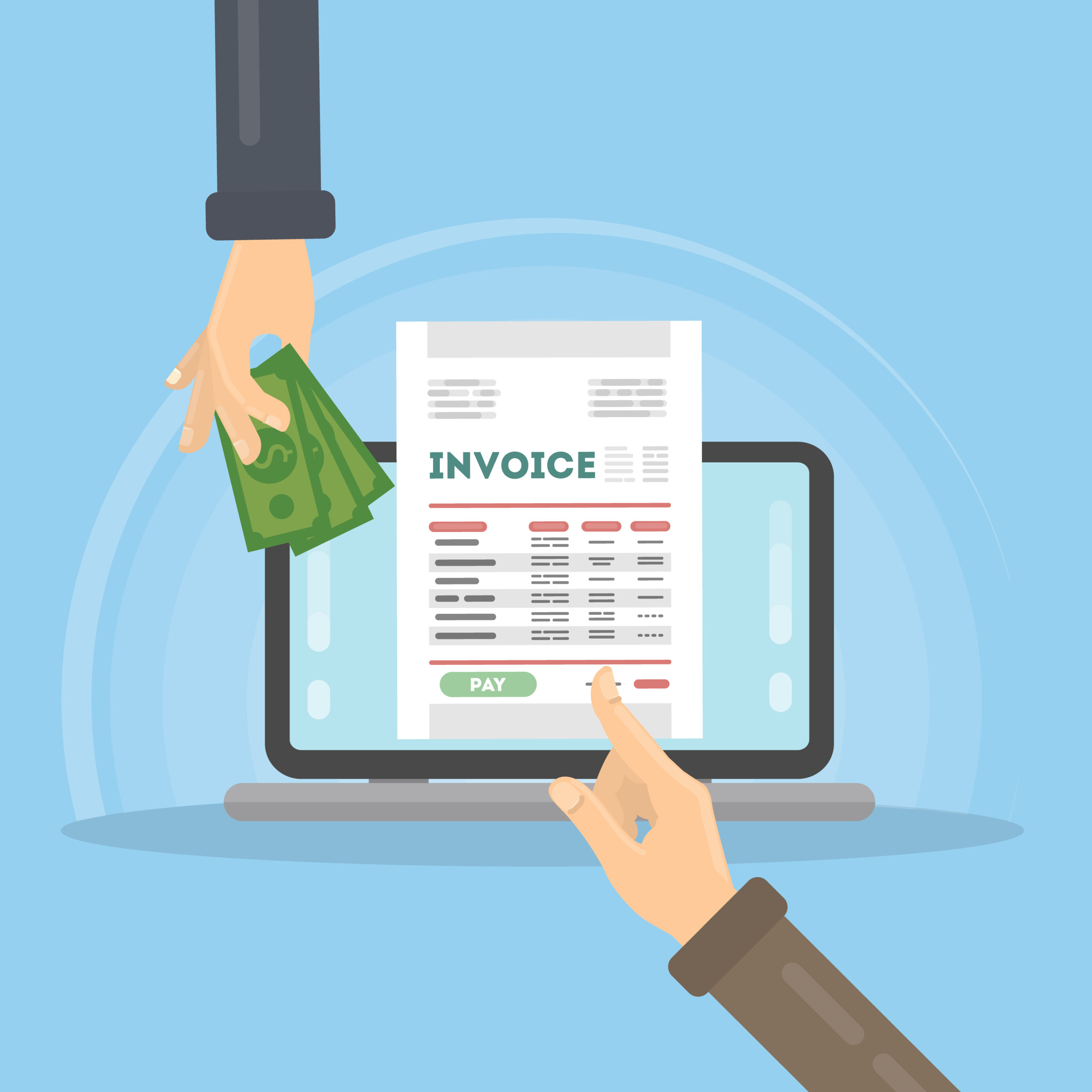What is Trademark Registration ?
Trademark registration is the process of legally protecting a brand name, logo, symbol, or any other distinctive sign that identifies and distinguishes the goods or services of a particular source from those of others. A registered trademark grants the owner exclusive rights to use the mark and prevent others from using a similar or identical mark in a way that could cause confusion among consumers.
Key Features of Trademark Registration
Exclusive Rights
Legal Protection
Distinctiveness
Validity Period
Territorial Scope
Trademark Symbol
Public Record
Goodwill and Brand Value
Requirements for Trademark Registration
Start Small, Dream Big
The mark should be distinctive and not descriptive of the goods or services it represents.
The applicant can be an individual, a business, a company, or a partnership. The trademark can be registered in the name of the legal entity.
The trademark must be registered under the correct class according to the Nice Classification, which categorizes goods and services into different classes.
Documents Required for Trademark Registration
Pave The Way of Legal Pprotection

Applicant Details
Name, address, and nationality of the applicant (individual or business entity).

Trademark Details
A clear representation of the trademark (logo, wordmark, symbol, etc.).

Power of Attorney
Form TM-48, signed by the applicant, authorizing the attorney or agent to file the trademark application.

Business Registration Proof
Proof of business registration such as a certificate of incorporation (for companies), partnership deed (for partnerships), or other relevant documents.

User Affidavit
If the trademark is already in use, an affidavit stating the date of first use of the trademark along with proof of use.

Priority Claim Document
If priority is claimed based on a foreign application, a certified copy of the priority document is required.
Advantages
The Way of Sustainable Growth and Resilence
Exclusive Rights
Brand Recognition
Protection Against Copycats
Global Trademark Registration
Legal Recourse
Intangible Asset
Nationwide Protection
Enhanced Business Reputation
Disadvantages
Company Carries Risks
Registration Cost
The process of trademark registration can be costly, especially when applying for multiple classes or in different countries.
Time-Consuming Process
Trademark registration can take several months to years to complete, especially if there are objections or oppositions.
Territorial Limitation
Trademark protection is limited to the country or region where it is registered, requiring separate registrations for international protection.
Ongoing Maintenance
Registered trademarks require ongoing maintenance, including renewal every 10 years and monitoring for infringement.
Risk of Rejection
If the trademark is found to be non-distinctive, descriptive, or too similar to an existing mark, the registration may be rejected.
Opposition and Objections
The application process includes a period where third parties can oppose the registration, leading to potential legal challenges.
Experience Streamlined Processes that Simplify Your Journey to Business Success
join Us

